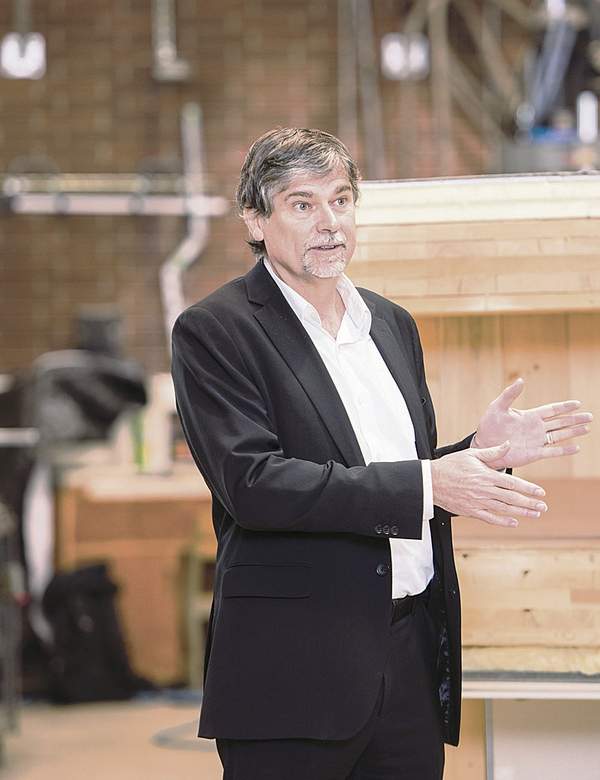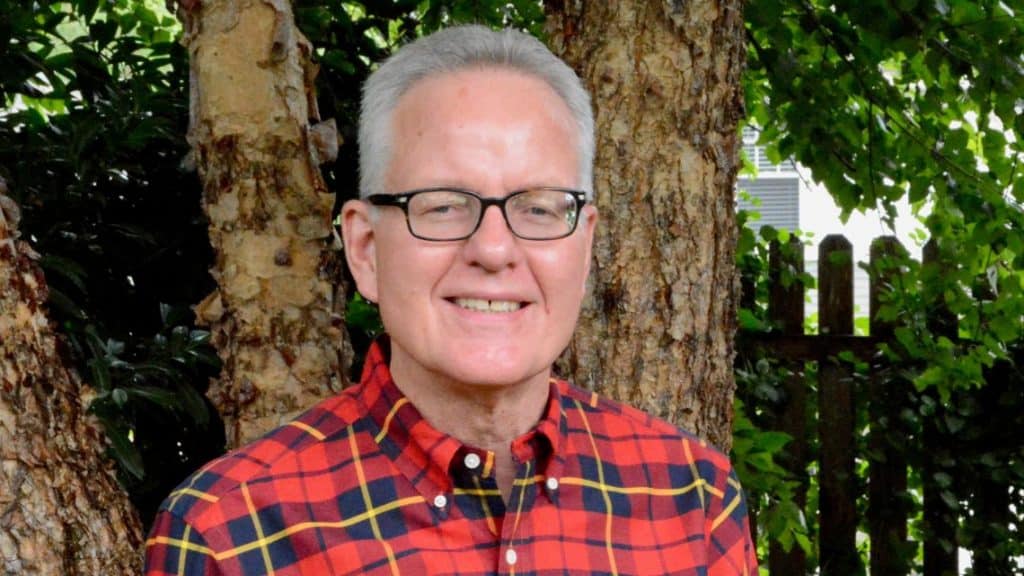
Our hearts and prayers go out to colleagues, students, friends and family of Dr. Maness.
It is with great sadness that we share the news that Thomas Maness, dean of the College of Forestry, passed away peacefully at home yesterday after battling an illness for the last two and a half years.
Thomas was a true visionary. One only needs to look at the Institute for Working Forest Landscapes and the TallWood Design Institute to understand Thomas’s dedication to improving the health of our lands, people, businesses, and ecosystems, and to do so through collaborative work. Through his vision, he helped propel our College into a globally recognized leader in forestry.
He was our friend, colleague, leader, and mentor.
Thomas’s inspiring words were always backed by meaningful action and high expectations. He recognized that for the College to prosper, we had to make hard decisions to achieve the excellence he confidently knew we were capable of – in our teaching, research and outreach. Thomas taught us we should not shy away from tough issues because that is where we are needed the most. (http://blogs.oregonstate.edu/issuesinforestry/)
If excellence is the goal of our College, our careers and our own lives, then complacency is the nemesis. Thomas drove us all to seek and achieve excellence and he provided the tools for us to do so. Since joining the College as Department Head of FERM in 2009, Thomas viewed our students as the best opportunity we have to make the world a better place. His commitment to diversity, equity, and inclusion, recognition that we are housed on the traditional territory of the Calapooia people, and assertion that the College must be a driver for positive change in our professions and society is a baseline for our future as a community. Thomas also believed that with the best support and inspiring faculty mentors, anything was possible for our students upon leaving the College and OSU. https://www.youtube.com/watch?v=qNQTM6CsVDg
Thomas committed to provide an inclusive, productive and engaging workplace. Many came to OSU because of his vision and specifically to work with Thomas. We learned more from him than we could ever ask of a mentor. Thomas was a once-in-a-generation personality.
Here’s a link to the note from OSU.
Here’s a post from the Capital Press that talks about his history pre-OSU.

